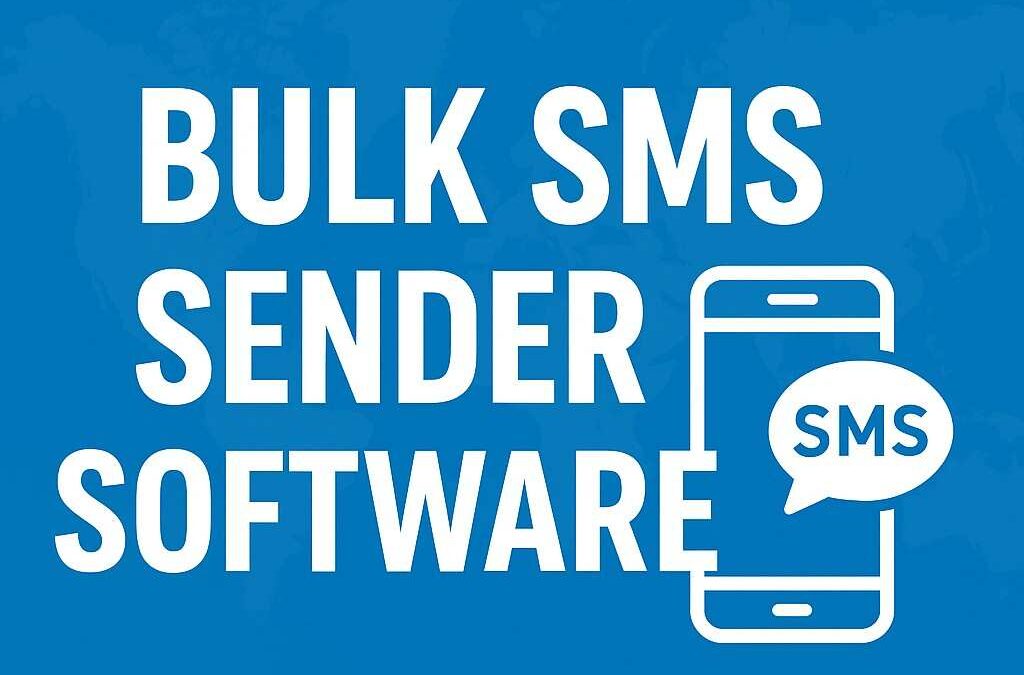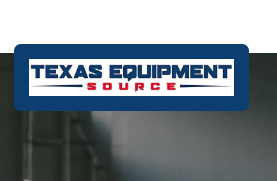Data management has always been a top priority for businesses in extracting meaningful, advanced analytics and insights. Before Microsoft Fabric, organizations were managing data and deriving insights in a fragmented approach where they juggle multiple data and analytics tools for data ingestion, transformation, storage, analysis, and visualization. Integrating these tools often required custom connectors and time-consuming manual processes, leading to delays and inefficiencies. Microsoft Fabric unifies all the essential workloads to create effective data and analytics solutions.
What is Microsoft Fabric?
Microsoft Fabric is an analytics and data platform that provides a single, integrated environment for businesses and data professionals. It offers real-time analytics, data engineering, data science, data warehousing, and databases under one unified platform. By bringing these tools together, Fabric helps businesses break down data silos and manage data effectively. With streamlined data management, Fabric enables you to build customized AI and ML models to cater to your specific AI needs.
Why do businesses need a unified data and analytics platform?
Businesses interact with large amounts of data from various departments and platforms, often siloed, making it difficult to achieve an integrated view of operations and insights. Moreover, managing multiple systems for data extraction, integration, and analytics increases costs and demands specialized expertise. To overcome this challenge, businesses require a unified approach to end-to-end data solutions.
The need for unification becomes even more essential with the rise of technologies like AI and advanced analytics. AI models require high-quality integrated data pipelines to ensure accurate predictions and extract real-time insights for decision-making. However, fragmented data acts as a blocker and fails to deliver the best results, limiting the optimization of operations and innovation.
Why should you consider migrating to Microsoft Fabric?
According to a NewVantage survey of senior data executives from over 100 Fortune companies, 87.8% of organizations reported investments in data and analytics in 2022, with over 93.9% planning to continue in 2023. Despite this, only 23.9% of companies identified themselves as data driven.
This statistic raises the question: what prevents businesses from becoming AI-powered and data-driven?
While challenges may vary between organizations, two problems are common: inadequate analytics tools and siloed data. So, what can help? Migrating their workloads to Microsoft Fabric. Let’s explore why migrating to Microsoft Fabric is crucial.
Scale your workflows:
Microsoft Fabric allows you to scale your data and AI workloads to meet growing demands. Its flexible architecture automatically adjusts resources based on workload requirements and ensures optimal performance. Whether handling massive volumes of data, running complex AI models, or supporting high-concurrency environments, Fabric scales effortlessly to accommodate your business needs. This scalability enables growth, leverage real-time insights, and continuously innovate without worrying about infrastructure limitations.
Get pre-built workloads:
Microsoft Fabric offers a wide range of tools and solutions to address specific needs. It consists of seven workloads, each catering to different users and containing enterprise data. From Synapse Data Science to Data Factory, Analytics, Warehousing, Data Engineering, and Power BI, each workload seamlessly integrates with OneLake as a single data source.
Fabric’s prebuilt connectors and templates integrate seamlessly with data sources, helping businesses consolidate data faster. For instance, pre-designed Power BI dashboards help businesses visualize immediate insights, while pre-trained models in Synapse Data Science speed up predictive analytics. These prebuilt workloads enhance productivity, eliminate redundant setup efforts, and ensure organizations focus on delivering actionable insights.
Effective cost management:
Microsoft Fabric is a SaaS platform with flexible pricing options, such as consumption-based billing and pay-as-you-go models, to optimize spending on AI and data. Users can track costs and capacity through a centralized dashboard. With Fabric, businesses also save on integration costs, which traditionally arise from subscribing to each service separately. With one purchase, you can compute various workloads and reap service advantages from multiple tools.
Traditionally, when purchasing a Microsoft service subscription, you access your plan’s full Capacity Units (CUs). However, if any services remain unused, the CUs you paid for go wasted. With Microsoft Fabric, this inefficiency is eliminated. As Fabric is a unified platform, you can use the CUs across all the services and tools listed under Microsoft Fabric. This helps with better cost optimization, saves on integration costs, and ensures you get the most out of every tool while paying only for what you use.
Drive AI innovation:
Microsoft Fabric empowers you to accelerate AI innovation by providing a unified platform for building, training, and deploying AI models. With integrated tools for data engineering, data science, and machine learning, Fabric enables you to focus on creating advanced AI solutions, rather than spending time on data wrangling and infrastructure management. The seamless connection between data pipelines, analytics, and machine learning workflows ensures that you can quickly build innovative AI solutions using high-quality enterprise data and help you stay ahead of the competition.
Unified data management and governance with OneLake:
Microsoft Fabric integrates OneLake as a unified multi-cloud data lake, streamlining data management and governance across the organization. OneLake centralizes data storage, ensuring consistent access, security, and compliance. It facilitates seamless data sharing between users and applications, while enforcing transparent policies for data access, privacy, lineage, and quality. With OneLake, businesses can maintain a single source of truth for their data, improving governance and ensuring that all data handling aligns with regulatory and organizational standards.
Conclusion:
As technology evolves, businesses must adapt to changing needs to stay ahead of the competition. With Microsoft Fabric, businesses can improve efficiency, collaboration, security, and decision-making while saving costs. Instead of subscribing to each Microsoft service separately, purchasing a Microsoft Fabric subscription helps businesses take advantage of every tool and technology under one unified platform. With our Microsoft Fabric Consulting Services at Saxon AI, you can save costs and make the most of the tools that Fabric offers.







0 Comments